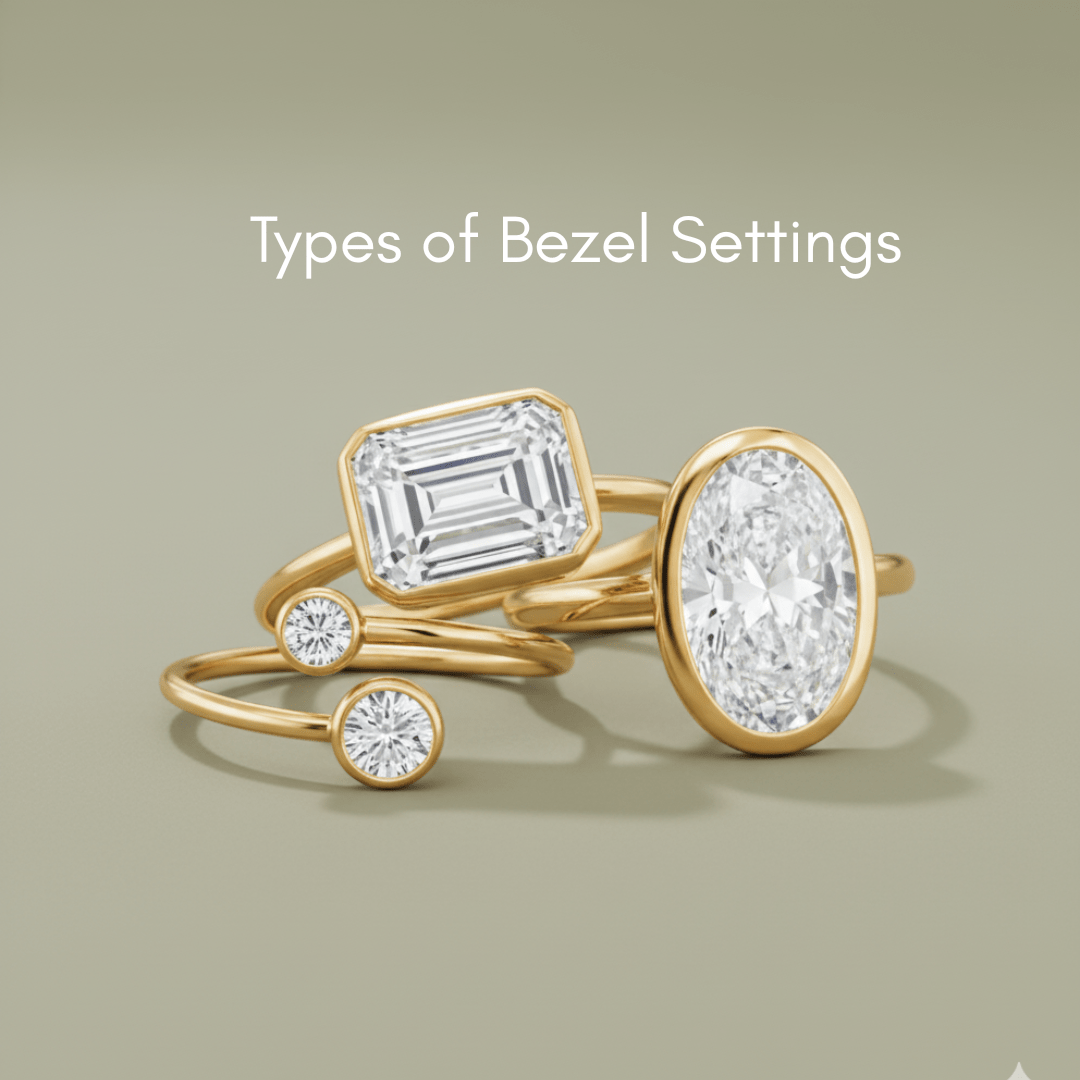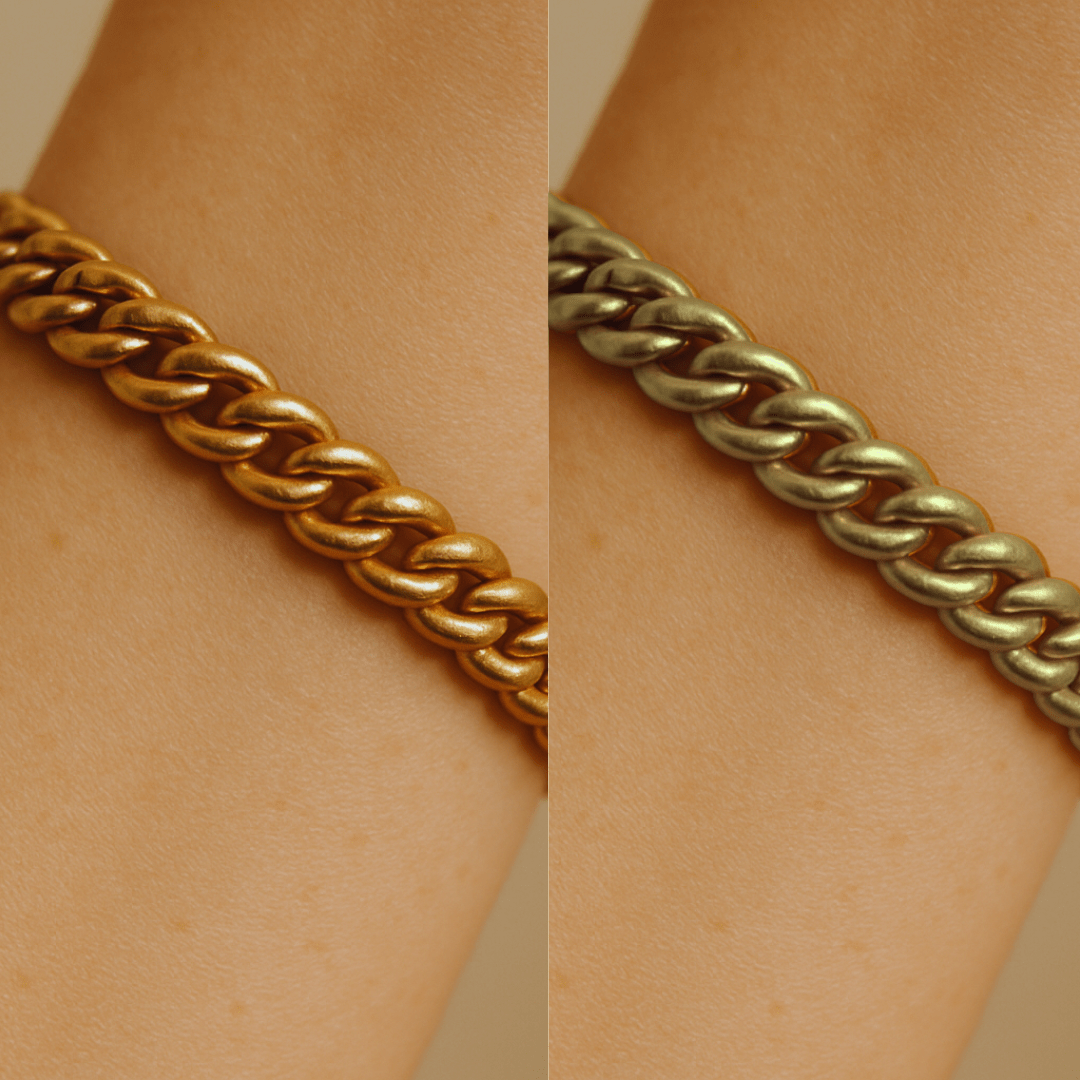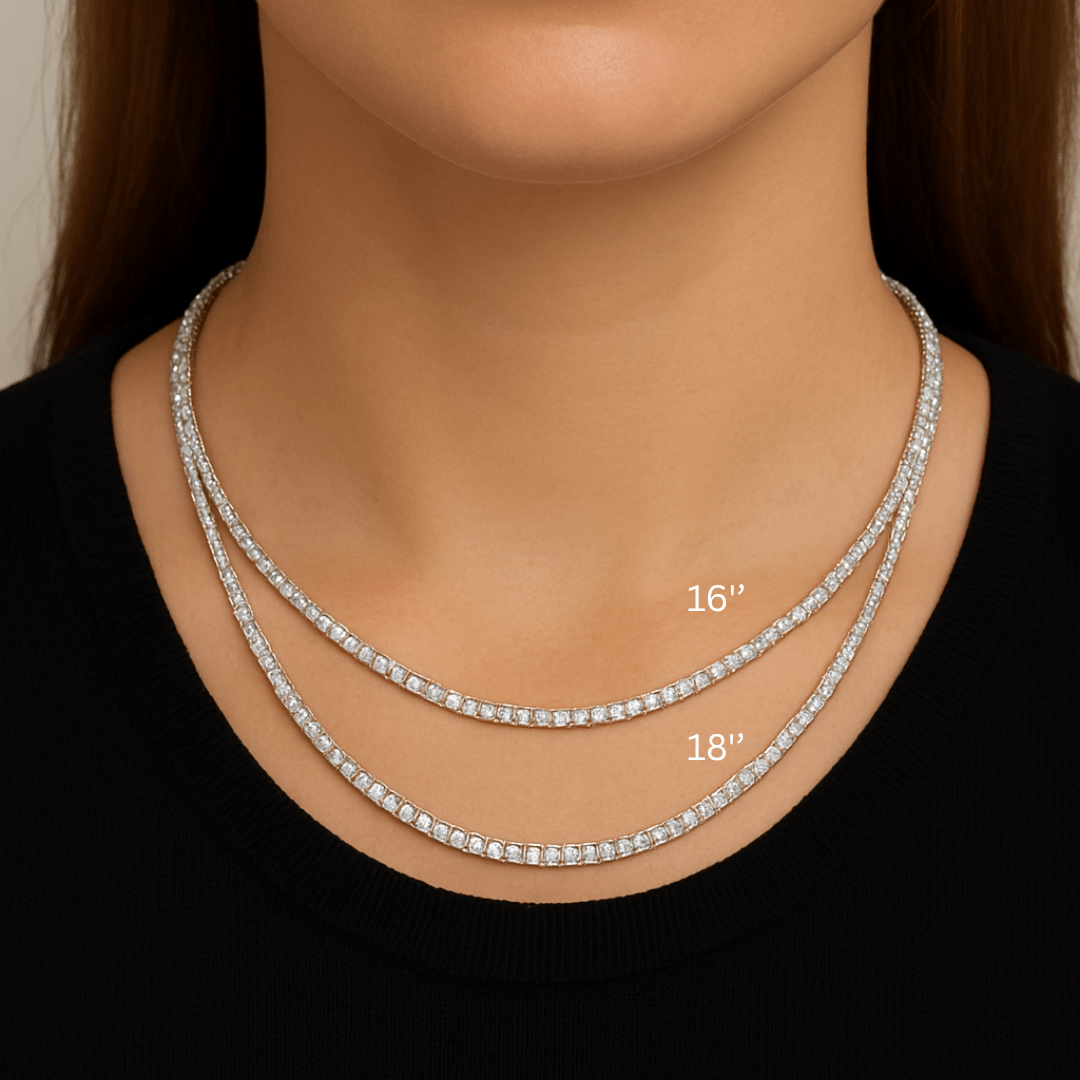IN THIS GUIDE:
- What is diamond carat?
- How Carat Weight Translates to Visual Size
- Carat Weight and Price
- Balancing Carat with Cut, Color & Clarity
What is diamond carat?
Carat measures weight, not size. Carat is the first thing people ask about when diamond shopping, but it’s also the most misunderstood. Two diamonds with the same carat can look wildly different depending on their cut, shape, and proportions.
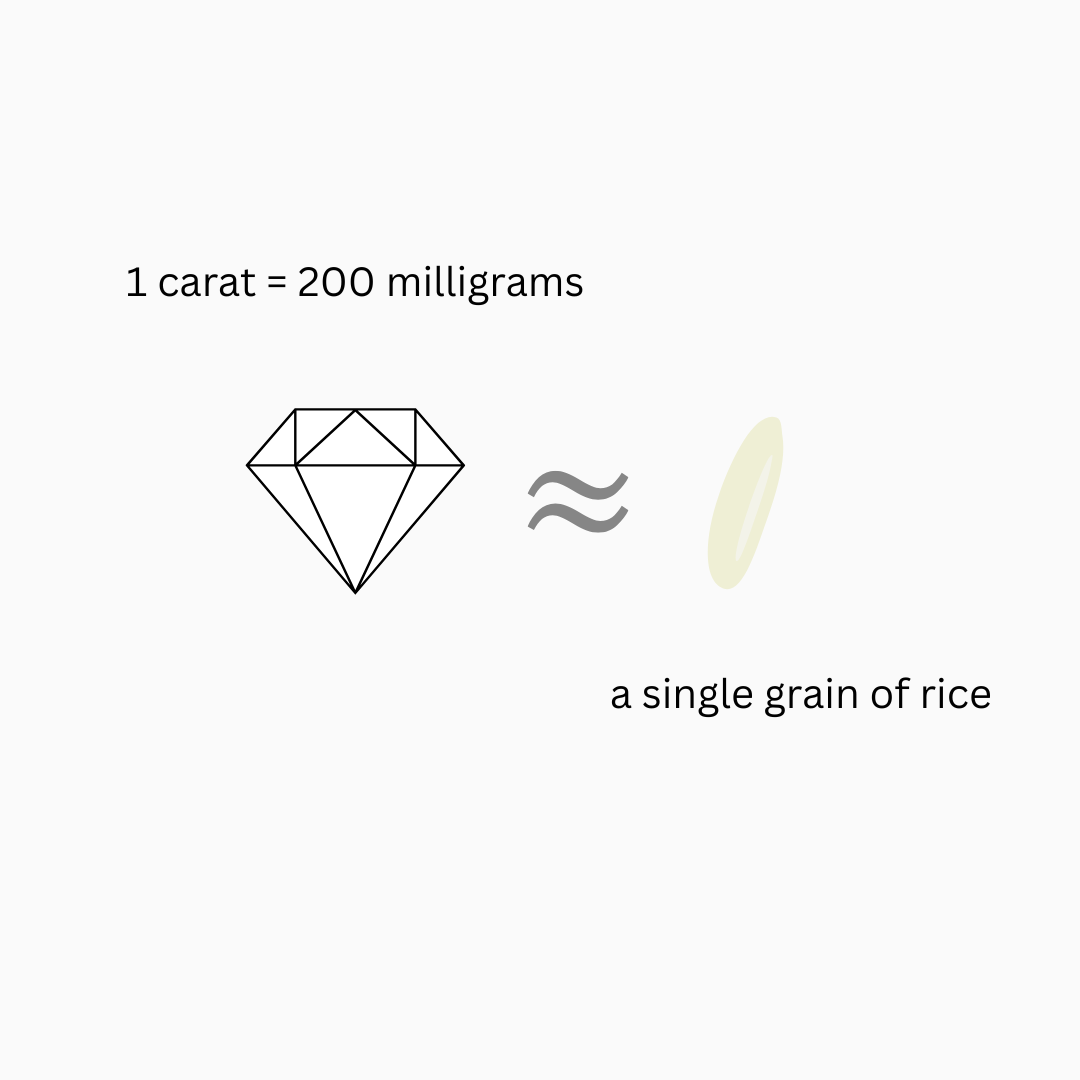
Carat = Weight, Not Size
- 1 carat = 200 milligrams (about the weight of a paperclip or a single grain of rice).
- Weight vs. Size: Two people can weigh the same but look different in height or build. Similarly, two 1-carat diamonds can look larger or smaller based on their cut. A shallow-cut diamond (like a wide oval) might look bigger face-up, while a deep-cut diamond (like a round brilliant) hides more weight in its depth.
Tip: Always check the millimeter (mm) measurements of a diamond’s width. A 1-carat round brilliant averages 6.5mm, but a well-cut 0.90-carat diamond could look just as large if cut strategically.
How Carat Weight Translates to Visual Size
While carat measures weight, the face-up size (measured in millimeters) determines how big a diamond looks. Here’s the catch: carat doesn’t scale linearly with size. For example: A 2-carat round diamond isn’t twice as wide as a 1-carat—it’s only ~25% larger (about 8.1mm vs. 6.5mm).
Shapes like oval, marquise, or pear maximize surface area, making them look larger per carat than round or square cuts.
Carat-to-Size Chart for Popular Shapes
| Carat | Round (mm) | Oval (mm) | Princess (mm) | Emerald (mm) |
|---|---|---|---|---|
| 0.50 | 5.1 | 7x5 | 4.5 | 5x3.5 |
| 1.00 | 6.5 | 8x6 | 5.5 | 7x5 |
| 2.00 | 8.1 | 10x7 | 7.0 | 9x7 |
Fun Fact: A 1-carat emerald-cut diamond looks larger face-up than a 1-carat round because of its elongated shape!
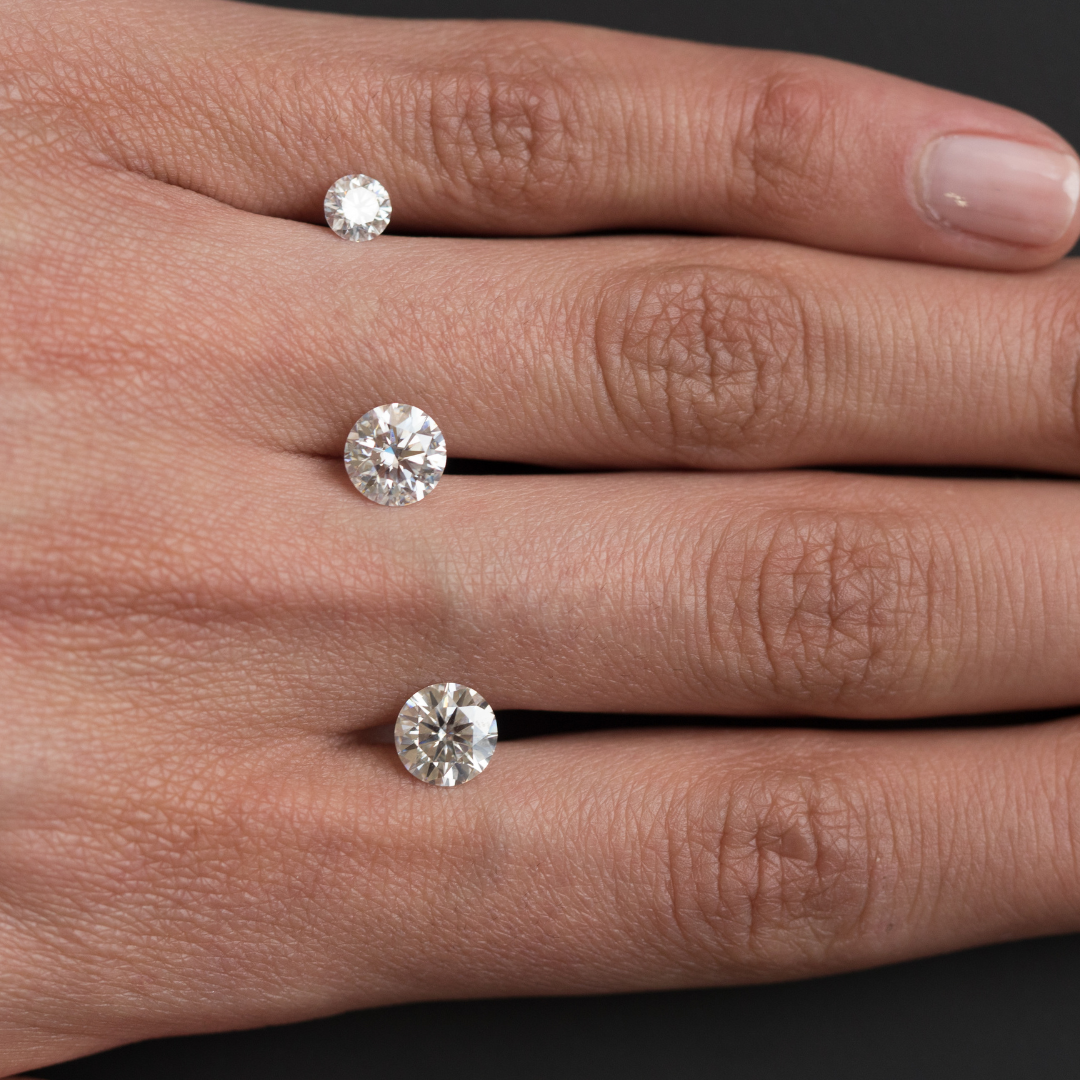
Carat Weight and Price: Why Bigger Isn’t Always Better
Carat weight drives price more than any other “C”. But not just because of rarity. Here’s why:
- Magic Sizes: Prices jump at “milestone” weights (0.50, 1.00, 1.50 carats). A 1.00-carat diamond can cost 20-30% more than a 0.90-carat of the same quality, even though they look nearly identical.
- Cutting Costs: Cutting a rough diamond to hit a magic size without sacrificing sparkle requires extreme precision (and waste).
- Demand: Larger carats are status symbols, so jewelers charge more.
P.S. Love big looks on a budget? Check out our Lab-Grown Diamonds Jewelry, same carat, 40% less.
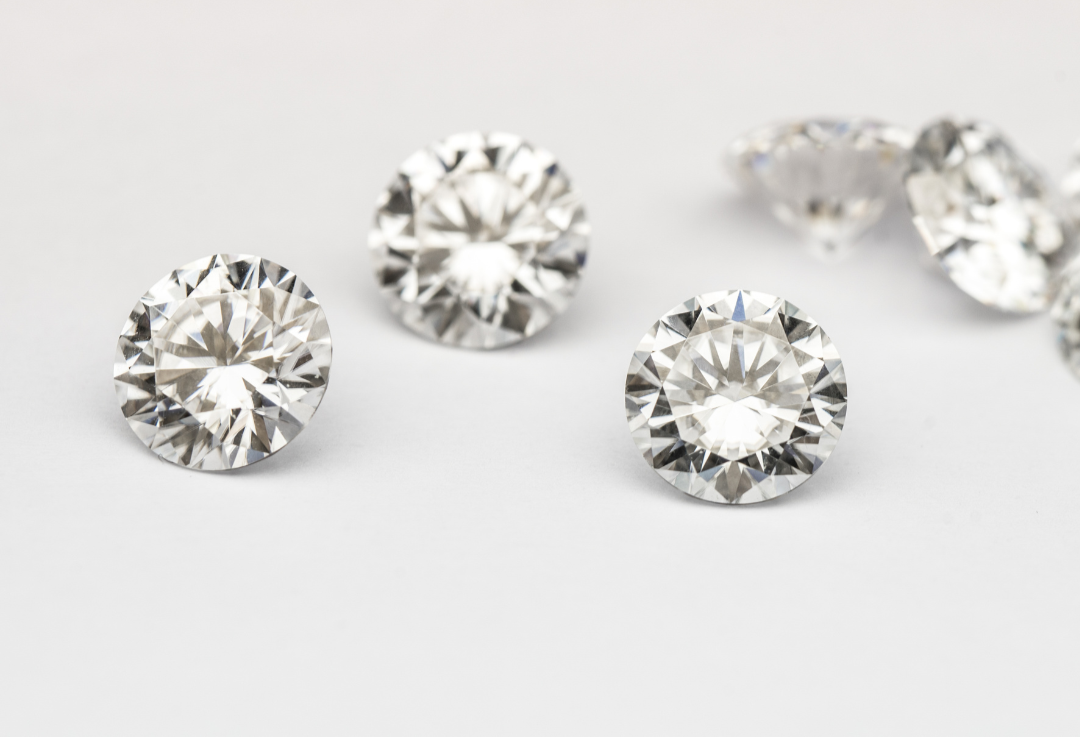
Balancing Carat with Cut, Color & Clarity
You don’t need to max out all 4Cs. Here’s how to prioritize:
- Cut First: A poorly cut 2-carat diamond will look dull. A well-cut 1-carat will outsparkle it. Our Cut Guide explains why.
- Color Trade-Off: Dropping from D to G color (nearly undetectable to the naked eye) can save 15-20%, letting you size up in carat.
- Clarity Hack: Choose VS2 or SI1 diamonds that are “eye-clean” (no visible inclusions).
Shape Strategy:
- Maximize size: Choose elongated shapes like oval or marquise.
- Maximize sparkle: Stick with round diamonds.
Collection list
About the Author: This guide was written by Oggi, our jewelry expert. She has over 10 years of experience in precious metals and gemology.
Our team regularly consults with master jewelers and metallurgists to ensure we provide the most accurate, up-to-date information on jewelry metals and trends.
Last Updated: May 2025
FAQs
It's all about cut quality - Excellent/Super Ideal cuts cost more because they take serious skill and waste more rough diamond. Round Brilliants usually top the price chart (same carat weight) since they're crazy popular and need ultra-precise cutting for max sparkle.
The combined weight of all diamonds in a piece (e.g., a 1.00-carat center stone + 0.25 carats of side stones = 1.25 TCW).
It’s personal! A 3-carat diamond might overwhelm a size 4 finger but look stunning on a size 8.
1.00–1.50 carats, but trends are shifting toward personalized sizes.
1 point = 0.01 carat. So a 75-point diamond = 0.75 carats.






